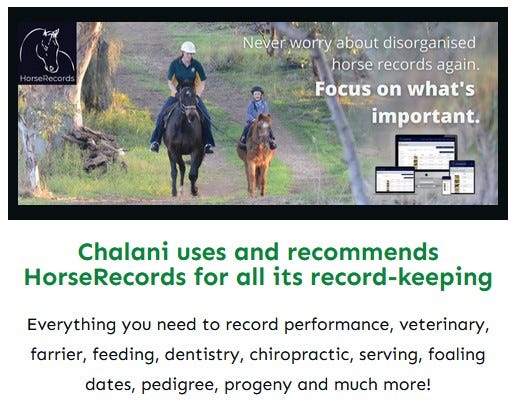To help you identify which of your knowledge and skills can be best utilized, ask yourself these questions:
What skills or expertise do I get paid for in my current (or previous) job?
What's a painful problem I’ve solved in my life/career? What were the skills, systems, or techniques I used to solve it?
What's a valuable goal or result I’ve achieved in my life/career? And how did I achieve this?
What's a skill or area of expertise other people (friends, family, colleagues, etc.) often ask me to help them with?
Using this list as a guide you can identify what areas you are good at, or what skills you can use in your horse business. What are you not so good at, and will need to research to learn more about?

For me, as a Ward Secretary in a large hospital, it was turning things around, simplifying them, by having systems in place, checklists, to ensure nothing was overlooked.
These became routines, almost automated, so that I could handle complex or unusual disruptions and inconveniences.
It would allow me to focus on the task at hand, and return to it after an interruption, sometimes an alarm, sometimes something urgent (“We’ve run out of x - can you source it from another hospital and get it here by courier,”) sometimes something simple and annoying, like the photocopy machine wouldn’t work.
My dad was an accountant. I was in his office once for work experience, and something he said has stuck in my mind forever.
For every routine, you can design a form to simplify your actions.
This has always held me in good stead. At the hospital, I was tasked with organizing the doctor’s roster. The system I came into was a reminder to the doctors that a new month was coming up, and they would need to notify me by email, which dates of the new month they would be unavailable.
This required much backwards and forwarding of emails, organizing swaps, recording holidays, getting double booked and other problems.
So I designed a form with a calendar on it, and sent it out with the email. The doctors could see in real time, (first in first served) who was booked when, and could then fit around those.
It meant that the doctors who were on the ball, booked first, whilst anyone slow, soon learned to be prompt, otherwise they would have their roster filled in by me, in whatever spaces were left.
This worked really well, and the task was simplified, whereupon it saved everyone a lot of time, not the least of whom me!
After the calendar was published and sent out earlier than previously (which the doctors welcomed), they had to arrange their own swaps if required, and just let me know. When I retired some 15 years later, they were still using this system.

Think to yourself, which of your routines could be simplified with a
form (e.g. sales lists, feedback)
checklist (daily schedule, end of year financials)
diary/calendar (vet events, upcoming shows)
notebook (quick notes left in tack room)
template (contracts, stud records, planner)
folder (paper files, certificates)
computer spreadsheet (tax records)
computer file (photos)
Do you have a space to record all these? No, the kitchen table will not do. You need computer, filing cabinets, office space, shelves and other basics.
You need your own quiet space.
The bigger you are the more you need to simplify and automate. But don’t wait until this gets out of hand to do something about it.
Start by setting up auto-replies on emails / Facebook.
Keep email lists of clients and your horse contacts separate from your others.
With gmail, this is easy because you just create a label, then add the label to your conversations.
Or you go into your existing Contacts list, and add a label to each member. Other email providers will have their own system - just go to their help page if you aren’t sure.
Set reminders on your calendar
usually a day ahead for automatic reminders.
Use a planner, if you have plenty of things going on, to help you with work-life balance - make sure you factor in a date night with your partner!
Put special projects into your planner.
Have a separate stud business page on Facebook. Don’t rely on posting to Facebook to save your photos. (Facebook’s algorithm can close you down in an instant.)
Especially don’t mix FB photos with personal photos.
Then you can point enquirers to a link on the page, saving you heaps of time. Make your page inviting. This is ours: Chalani FB page
File your photos under a photos file for each horse (past and present). Don’t just have a mess of photos on your phone. Back them up regularly on the cloud or a portable USB.
Copy and paste any text about the horse into a Word Doc (eg progress report from a buyer, a recommendation etc) which can also be put in the same photos file.
Date it and continue adding anything new to the same doc, with a date.
Use a programme like HorseRecords to take the stress out of recording. I put everything in the individual horse’s file, which is especially helpful when you sell a horse, or have a visiting mare. All the information can be transferred to the owner at the press of a button.
Use this link and code CHALANI20 to get a free trial with 2 horses (forever). Paid plans get 20% off forever! HorseRecords
What other routines do you have which you have simplified? Do you have other tips you’d like to share with readers? Has this post helped you in some way?
Please put them in the comments below and don’t forget to LIKE this page.




